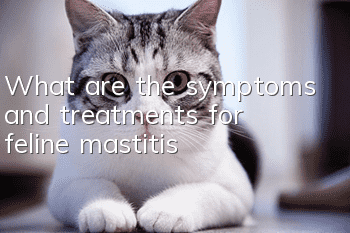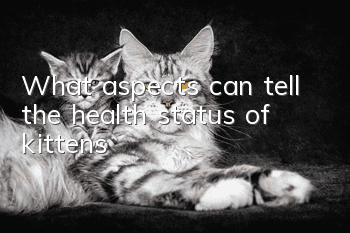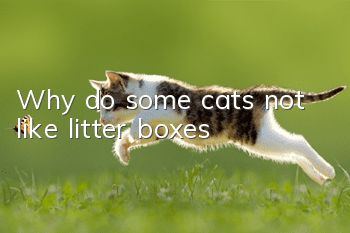What are the symptoms and treatments for feline mastitis?

Mastitis is a common disease in cats after giving birth. It is an inflammation of single or multiple nipples. It can be divided into acute and chronic, and is often accompanied by abscesses. The cause is often caused by nipple injury and infection.
Causes of cat mastitis: Acute mastitis is often caused by kittens biting or piercing the nipple. It is then caused by infection by pyogenic bacteria such as Streptococcus, Staphylococcus, Escherichia coli or Corynebacterium. Chronic mastitis is caused by untimely or improper treatment of acute mastitis. It is the result of milk duct atresia and milk retention stimulating the mammary gland
Symptoms of cat mastitis: Acute mastitis manifests as breast enlargement, local congestion, warm pain, poor milk discharge or cessation of milk production. The colostrum milk of the disease is thin, and the late milk is mostly pus-like and contains yellow floc or blood. In severe cases, the systemic symptoms are obvious, such as depression, elevated body temperature, loss of appetite, and often lying on the ground. The systemic symptoms of chronic mastitis are not obvious. The diseased breasts become hard, have little or no breasts, and finally the breasts atrophy.
What are the treatments for feline mastitis
After giving birth, female cats often become infected due to bites and abrasions on their nipples while breastfeeding their kittens, leading to mastitis. This disease often causes problems such as difficulty in the discharge of milk in female cats, and may also lead to poor mental health and high body temperature in cats, so they must be treated in time.
Treatment
Qualified veterinary hospitals should use breast milk for drug sensitivity testing and select highly sensitive drugs for treatment.
1. You can choose penicillin 60,000 units/kg body weight and streptomycin 50,000 units/kg body weight, mixed intramuscular injection, 2 times/day, for 5 to 7 days. Broad-spectrum antibiotics can also be used for treatment, such as gentamicin, kanamycin, chloramphenicol, tetracycline, etc.
2. Those with systemic symptoms can be given sugar, alkali and fluid replenishment. For acute inflammatory mastitis, ice packs can be used for cold compresses; for chronic inflammatory mastitis, 25% magnesium sulfate solution and towels can be used for hot compresses. Infrared rays or IDP (specific electromagnetic wave therapy device) can also be used to irradiate the affected area.
3. Circular sealing can be done at the base of the breast, 1-2 times a day, and combined with systemic antibacterial and anti-inflammatory treatment
4. For severe cases of breast hyperplasia, mastectomy and ovary removal can be performed.
- Why do cats like to lick their tails and butts? You should be wary of these reasons
- The cat doesn't eat, its limbs are paralyzed and can't stand up
- Is the cat breathing out of anger or fear?
- How can Jinjila tell if it's finalized?
- Are you aware of the 5 most damaging ways to raise British Shorthair cats?
- How to deworm cats? Novice cat lovers, take a look!
- How to raise Turkish Angora cats
- How long does it take for a cat’s placenta to remain in the body before it becomes dangerous?
- What do kittens eat? Tips on feeding kittens!
- What does the sound of a cat purring mean?



